Seahorse, shrimp & sponges
 January 18, 2016
January 18, 2016

Over the weekend, our Hantu Blog guides were joined with regular marine/coastal volunteers for a dive at Pulau Jong and Pulau Hantu. Our public dives are focussed on the reefs of Pulau Hantu because they are well sheltered and easy to navigate, and there’s always the promise of seeing something cool! But there are many more reefs located all around our Southern Islands. Divers can appreciate the unique geology of each site, which in turn influences the shape of the reef and the type of flora and fauna that lives and grows there! Pulau Jong is one of the last untouched islands in Singapore. What we see today is the original landform, and it gives us an idea of what the other islands might have looked like before they were hardened, developed, or reclaimed. While it is currently untouched, a 2013 Land Use Plan seems to show that future plans could involve its absorption into a larger land mass through reclamation, joining it with the islands of Pulau Sebarok to its southeast and the enlarged Pulau Semakau. One of the inhabitants on Jong’s reef include this beautiful shrimp (Hamopontonia sp.) in an anchor coral (Euphyllia sp.).
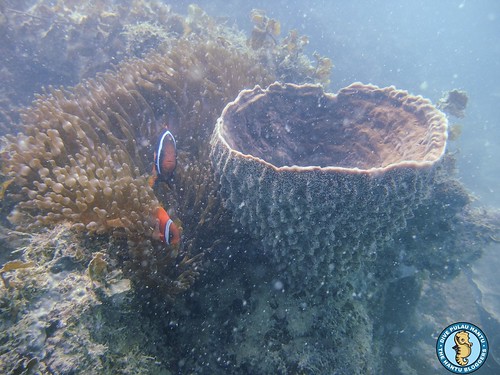
Anemonefish and barrel sponge at Pulau Jong.
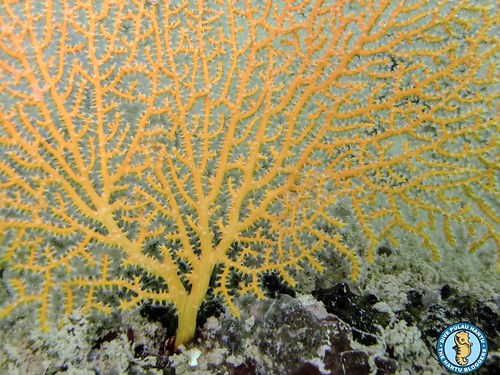
With the tides causing the currents to come rushing in, the tentacles on this beautiful Gorgonian are all out for feeding!
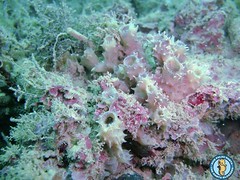
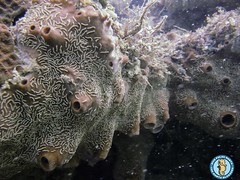
Sponges come in all shapes and sizes. Above are some encrusting ones, which themselves are encrusted with other flora and fauna like hydroids, algae and worms.
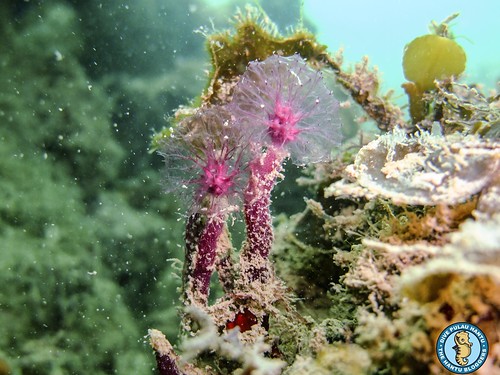
These sponges (Oceanapia sagittaria) always remind me of plasma globes. They are common on local reefs in the Southern Islands but were only officially included in Singapore’s species records five years ago.
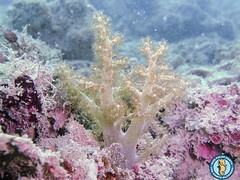
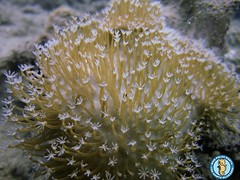
Left: The soft coral Dendronephthya sp. forms small tree-like colonies that can grow up to 15cm tall. They are called soft corals because they lack the exoskeleton that hard corals have. Small animals like false cowries, porcelain crabs and shrimp can often be found living on these corals. Right: Sacrophyton sp. is another soft coral. When its tentacles are retracted, the colony looks like a small mushroom with a disc attached to the reef by a stalk. They can grow to a meter in diameter and take between 8-10 years to mature!
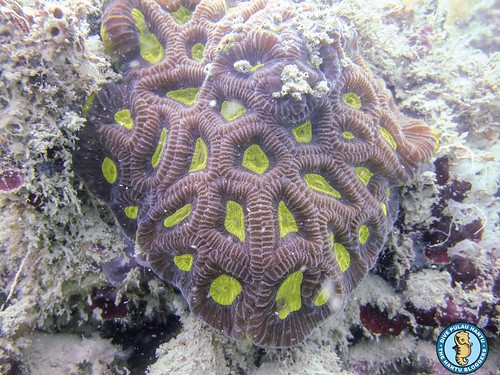
The hard coral Favia sp. often forms brightly-coloured boulder-like colonies. As you can see, polyps are tightly packed, and the resulting honeycomb (“favus” in Latin) shape is what gives them their name. The circular corallites are more closely compacted in shallow water, while in deeper water they are more widely spaced.
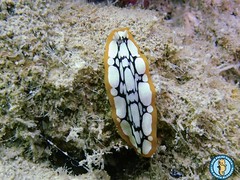
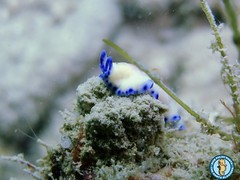
A myriad of flatworms can be found in Singapore waters. Here are just two of a handful of Pseudoceros flatworms that we encountered over the weekend.
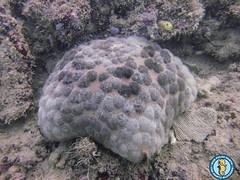

Cushionstar and Icon seastar are both echinoderms, related to sea cucumbers and urchins.
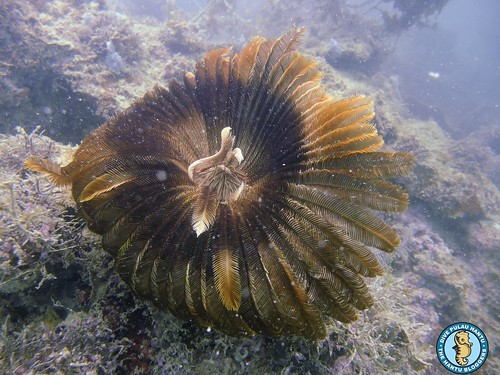
One of the advantages of diving when there is a bit of a tidal current, is that you get to see many animals extending their arms to grab small bits of planktonic food that’s drifting in the water. This large crinoid has found a good spot to catch the flow of the current. Small squat lobsters and shrimp can sometimes be found on these crinoids.
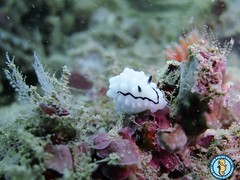
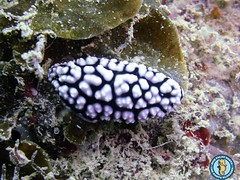
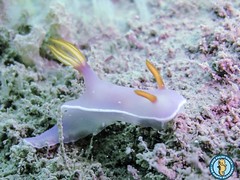
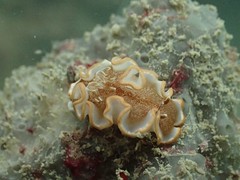
There were plenty of nudibranchs out today!
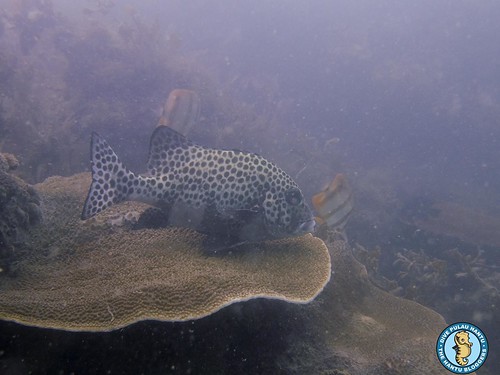
A beautiful Harlequin sweetlips rests on what looks like a colony of Turbinaria coral. A pair of Copper-banded butterflyfish can be seen in the background.

A small school of Razorfish hang out at the base of the reef.
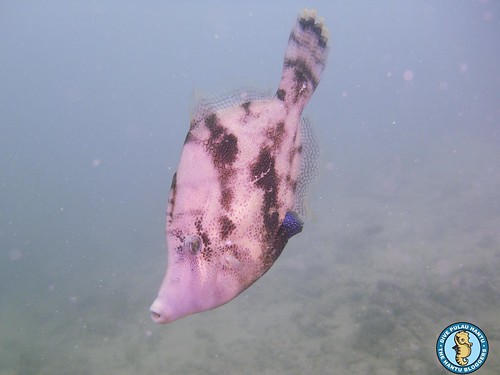
While most leatherjackets prefer to hide in the sargassum seaweed or dart into the crevices of rocks when they feel they have been spotted, this particular Fan-bellied leatherjacket was very curious and actually swam up to me and around me many times. It swam alongside me like a pilotfish, making it easy to get many closeup shots of its brightly coloured belly!
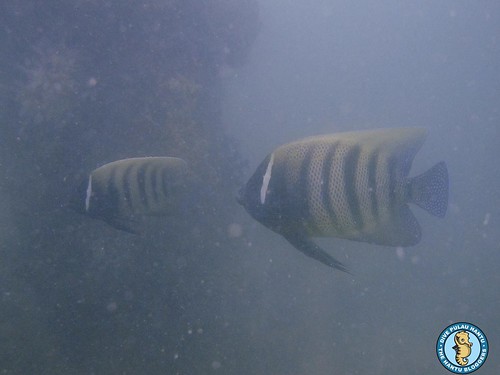
Six-banded angelfish are amongst some of the large brightly-coloured coral fish we can see on our reefs. When we see them like this, in their natural habitat, we are able to fully appreciate their bright and beautiful colours. It’s also fascinating to observe them and learn how they interact with other fish and the reef, as well as each other! Stuff you don’t get to see as easily in a captive environment.
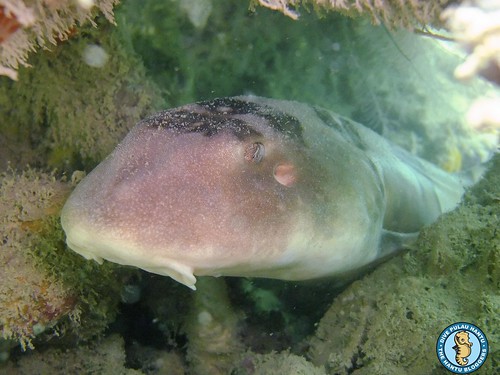
At the end of our dive at Hantu, just as I was about to head back up to the surface, I spotted a tail sticking out from a rock. I took a peek under the coral and there was this young White-spotted bamboo shark (Chiloscyllium plagiosum) taking its daytime rest. They are nocturnal, and spend the night foraging along the reefs and seabed. Little is known about the diet of the White-spotted bamboo shark. It is believed that they feed primarily on small marine fishes and invertebrates. Bamboo sharks lay eggs (oviparous) and young sharks take 100-110 days to develop in the eggs before hatching. Studies conducted off the Taiwanese coast, revealed mating behaviour between December and January, while ovulation occurs from March through May suggesting that females may be able to store sperm. One or two round egg cases are released every six to seven days on average for approximately two months. The young emerge approximately 100-110 days after the egg cases are released from the female. The The White-spotted bambooshark is listed as “Near Threatened” on the World Conservation Union (IUCN) Red List.
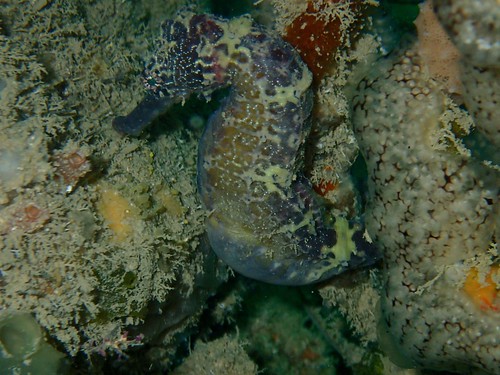
I didn’t see any seahorses, but Peiyan and Kwan Siong did! This male Tigertail seahorse (Hippocampus comes) is pregnant! Its babies are going to need lots of food and shelter. Hopefully the reefs of Singapore can be a home for his next generation. We can help look after this unique local wildlife by learning more about them, helping to protect their habitat by becoming involved in local conservation efforts, and if you fish or harvest marine fauna, please do so sensitively – take what you need and practice non-destructive fishing methods.

Divers at Pulau Jong. “Jong” means “junk” in Malay, because the island looks like the hull of an upturned Chinese junk. The island has small cliffs along its edges and it is surrounded by extensive fringing reefs that cover an area greater than the island itself. The coral reefs here support rich marine biodiversity, including a rare species of giant clam Tridacna maxima. To see more photos from this trip, check out the Hantu Blog gallery! Email us to find out how you can be a part of our efforts. If you prefer to take part in non-diving activities, there are also many ways you can make a difference.
 Posted in
Posted in 



 content rss
content rss
COMMENTS